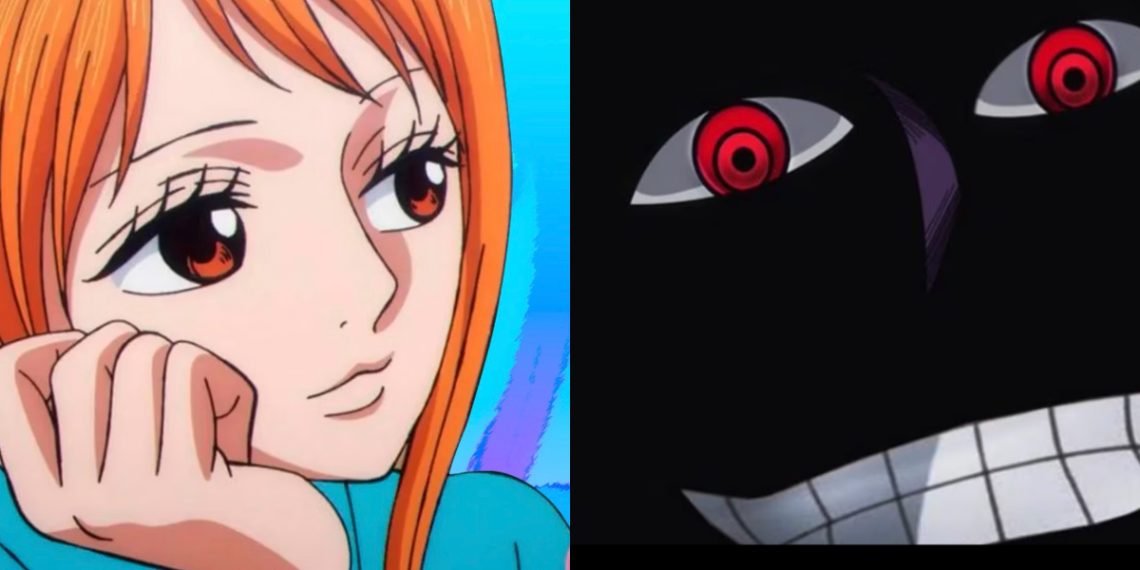The topic of certain characters’ backstories, or lack thereof, in the popular anime/manga series One Piece often sparks debate within the fan community.
While some fans do not mind that particular characters like Nami, the Straw Hat Pirates’ navigator, have very little revealed about their origins, others feel strongly that not providing backstory for certain characters is an unforgivable flaw on the author’s part.
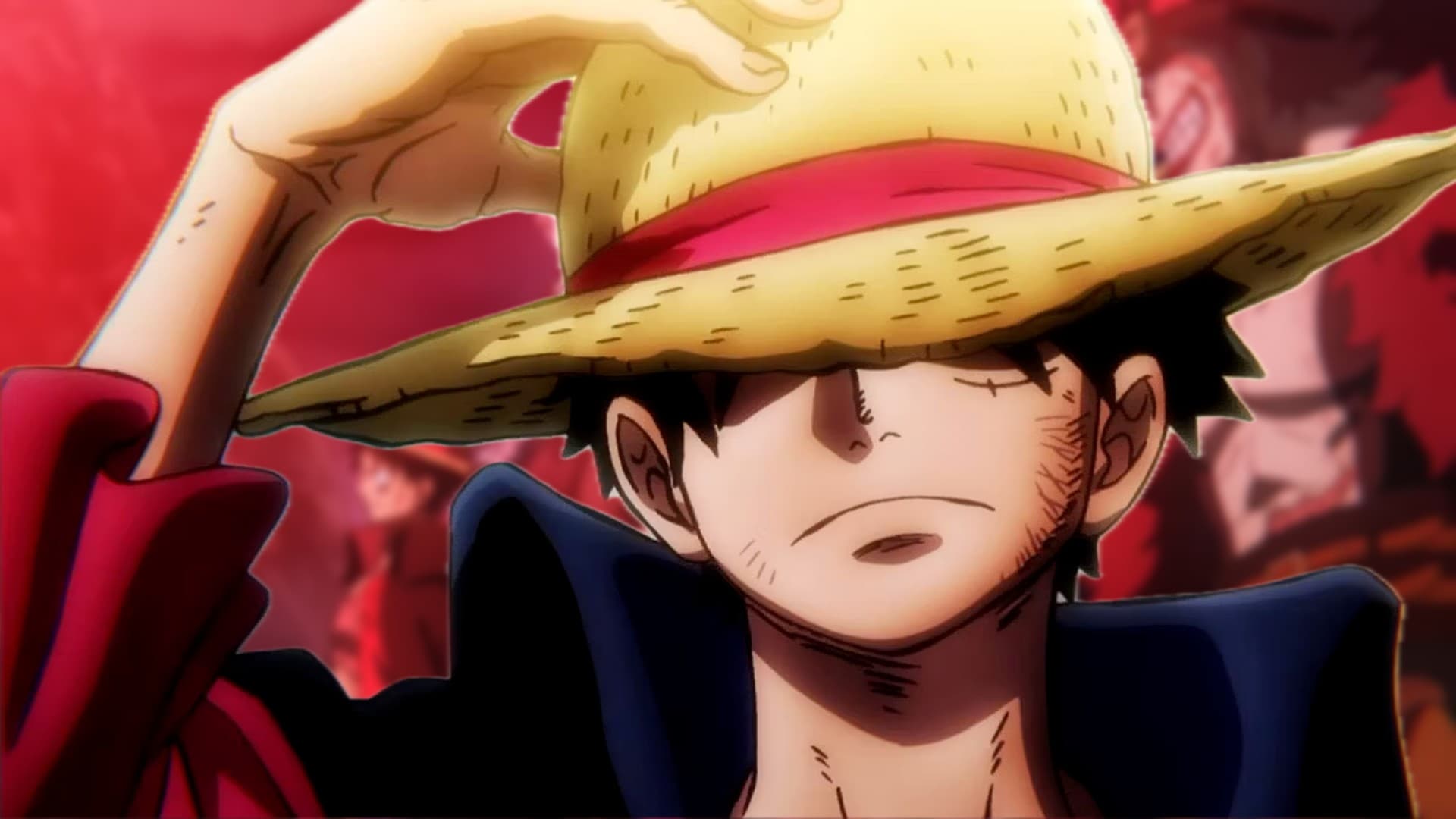
Beyond knowing that Nami was found and raised by Bellemere when she was a child, virtually nothing is known about Nami’s family history or where she came from before joining Luffy’s crew.
Her family name has not even been disclosed. However, some recent fan theories suggest that Nami’s vague backstory may actually turn out to be one of the most crucial and revelatory origin stories across the entire One Piece storyline.
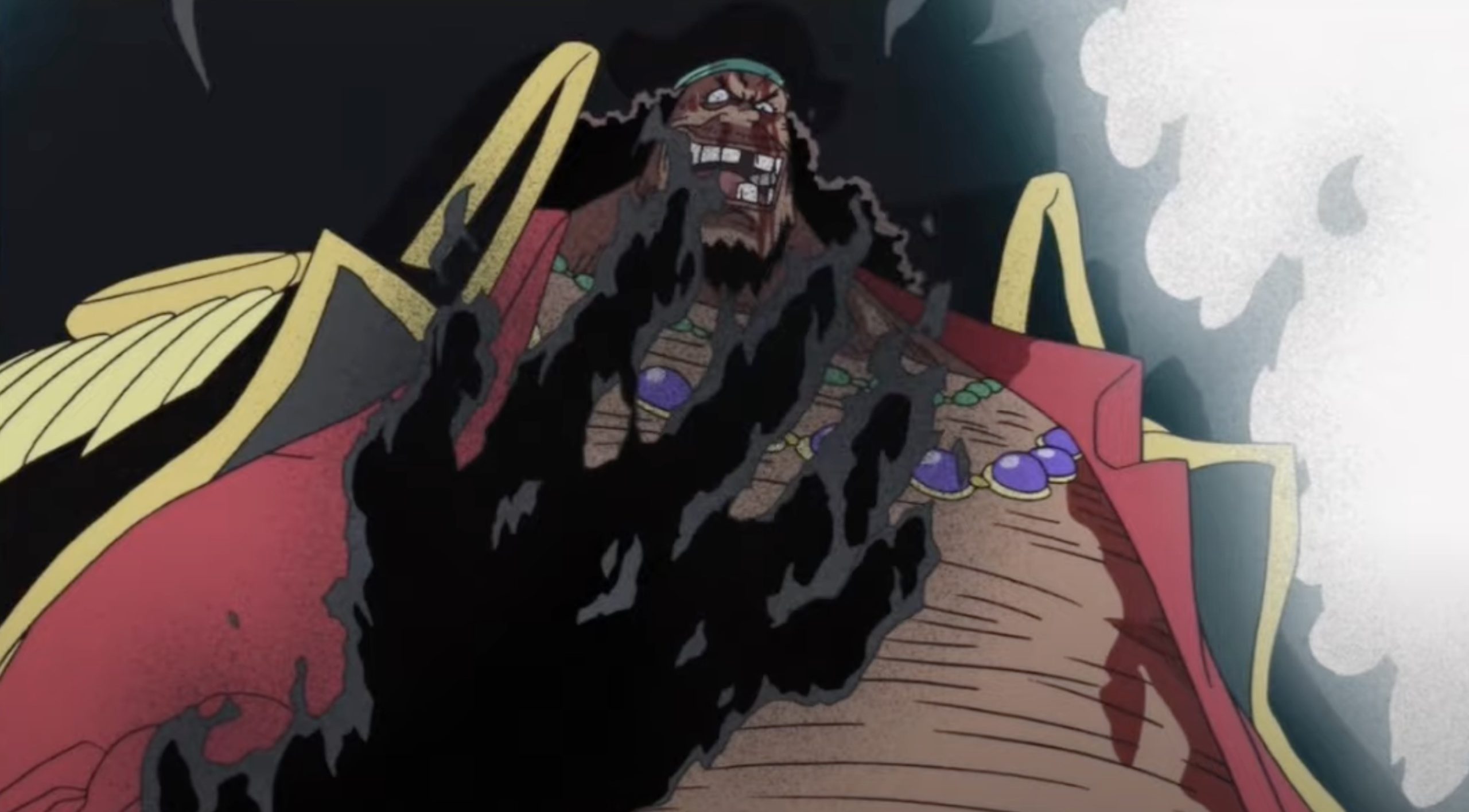
Rather than her past being unimportant, certain clues have led fans to speculate that Nami’s hidden history could unlock vital mysteries about the overarching plot itself.
While some fans accept the ambiguity around Nami’s origins, others believe Oda may have grander plans for her backstory that have simply not been shown yet.
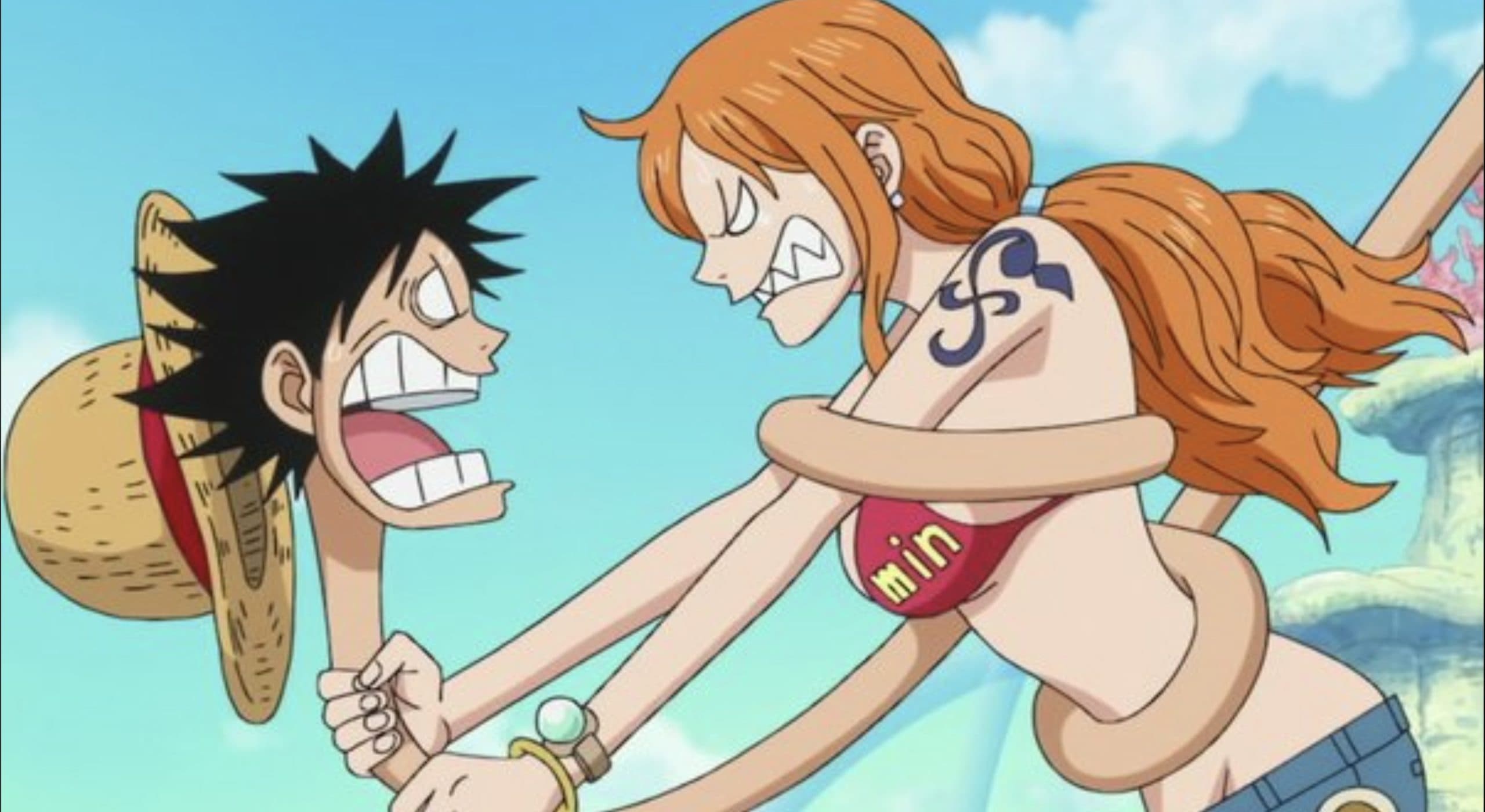
Her mysterious beginnings have sparked theorizing that Nami’s personal history directly connects to the larger narrative in ways not yet realized.
Mysteries Through Wordplay in One Piece
In chapter 1086 of One Piece, one of the first 20 Sovereigns ruling during the Void Century was revealed to be Nerona Imu.
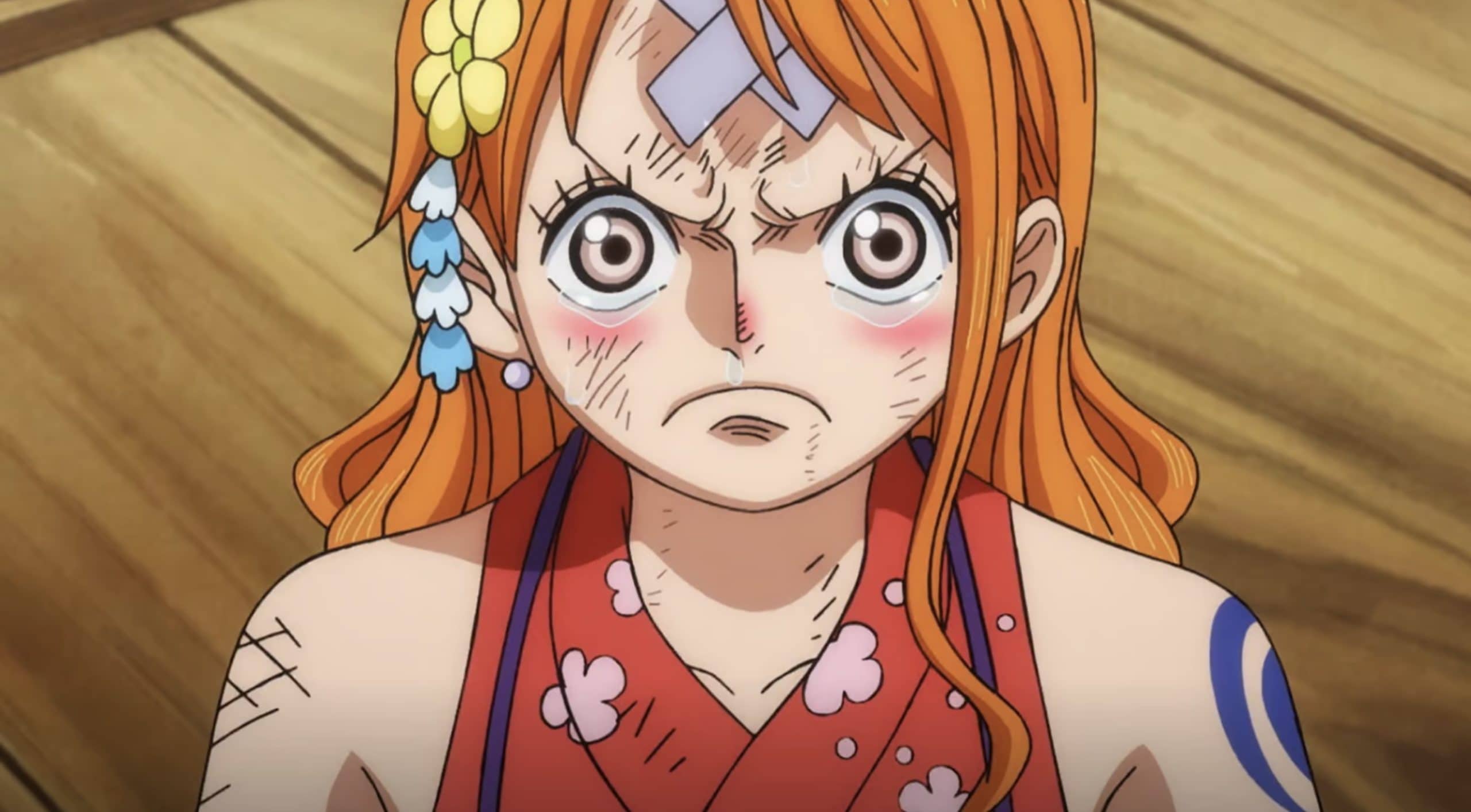
While Imu themself remains mysterious, fan theorist StrawhatUFO believes the surname Nerona could reveal crucial information through clever wordplay, which is common in One Piece naming schemes.
UFO notes that Nerona’s name seems significant and purposeful. By breaking down the meaning behind the name, UFO argues we can better understand the nature of Nerona Imu.
Wordplay #1: Kami, 神
This is one you’ll only get if you read Japanese. The katakana for Nerona (ネロナ) can be combined to form the kanji character 神, which means "God"
Check out this post from, and you'll visually get it.https://t.co/U6sm9akWE6
— Mr UFO 👒🛸 (@StrawhatUFO) February 6, 2024
He also suggests the wordplay points to another character – potentially Nami – being a “sleeping Nerona” connected back to this ancient lineage.
The first wordplay stems from how the katakana spelling of Nerona can be rearranged to form the kanji for “God.” This suggests the House of Nerona held god-like status or behaviors.
Wordplay #4: Sleeping Woman
Neru is the Japanese word for 'sleep'. If you combine that with 'Onna', you get Neru Onna.
The sleeping woman, Neru Onna -> Nerona. pic.twitter.com/BxGOhCTXCe
— Mr UFO 👒🛸 (@StrawhatUFO) February 6, 2024
As evidenced by past storylines like Skypiea though, characters playing god aren’t inherently negative within One Piece’s world.
Through five more proposed wordplays, UFO continues building a case for Nerona Imu’s powers being tied to weather manipulation and that the “sleeping Nerona” heir to this legacy may be more pivotal than fans realized.
Nerona Nami, on the other hand, is the positive side of the 'kami'.
She is the lost, sleeping child of Nerona, put to sleep, only to awaken when the time is right.
Someone is looking for her, to make her their woman…(which is something that's actually been foreshadowed.) pic.twitter.com/QpWBYOxgev
— Mr UFO 👒🛸 (@StrawhatUFO) February 6, 2024
Rather than lacking a backstory, Nami’s origins could link directly back over 800 years to the mysterious Void Century itself.
The second proposed wordplay stems from finding the Latin word for “black” – “nero” – within Nerona’s name. This is notable given the multitude of villains in One Piece with “black” incorporated into their names – Blackbeard, Demaro Black, Captain Kuro, Kurozumi Orochi, Sir Crocodile, etc.
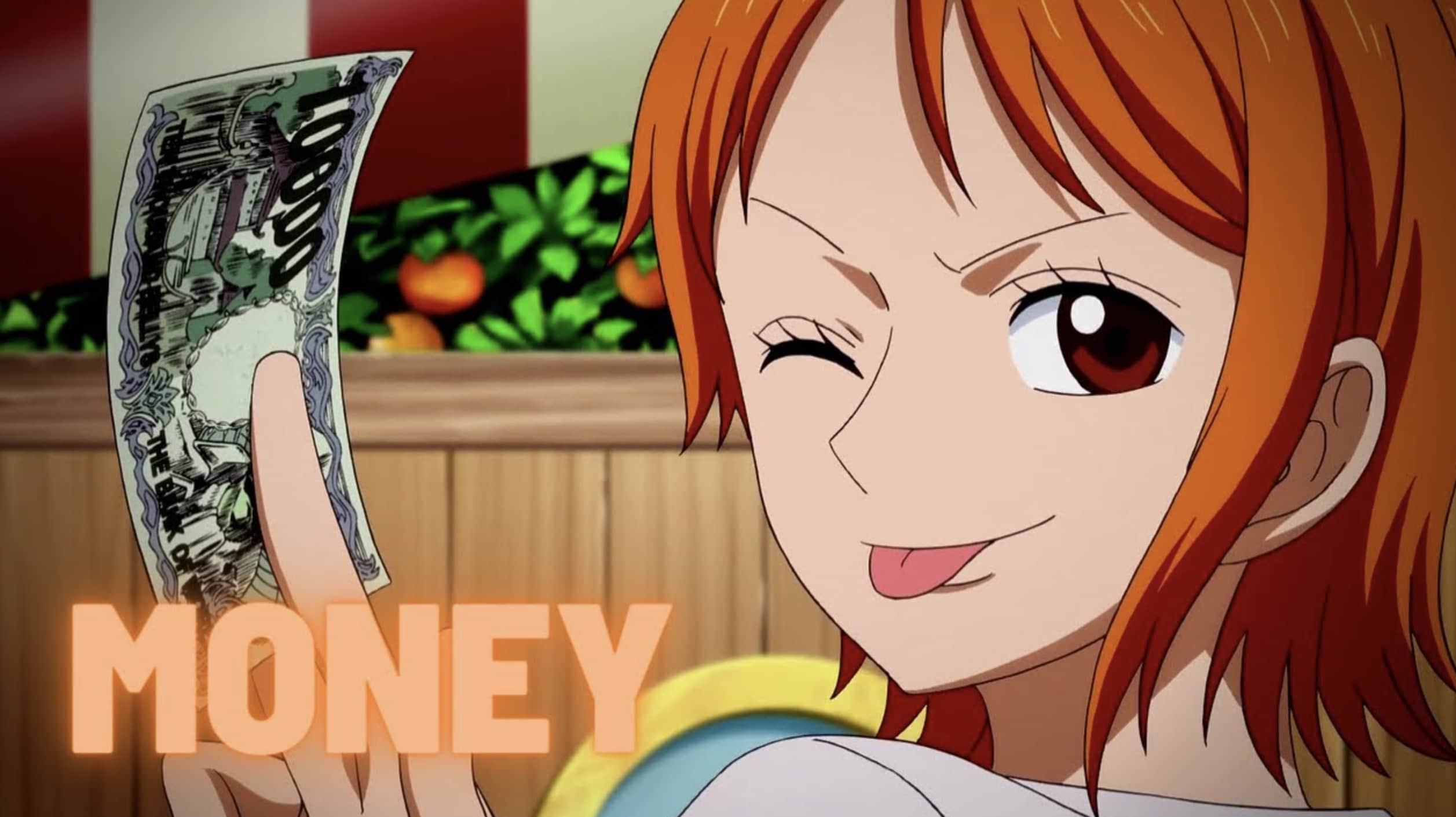
UFO suggests this reinforces the idea of House Nerona members viewing themselves as god-like, and that some clearly went down dark, villainous paths.
The third wordplay connects back to Emperor Nero of ancient Rome. Nero was infamously cruel, with three aspects of his rule seeming relevant: he killed his own family members, persecuted his enemies ruthlessly, and was deemed responsible for the Great Fire of Rome.

Drawing parallels between the ancient Nero and the mysterious lineage of Nerona Imu, UFO speculates that internal power struggles and betrayals may have occurred within the House of Nerona itself in the Void Century.
Their god complexes led to cruelty against challengers to their supremacy over the world at the time.
Imu’s Potential Connection with Nami
UFO notes the “great fire” parallel has modern equivalents in One Piece’s story, namely the burning of the Goa Kingdom’s Grey Terminal as well as the Sorbet Kingdom.
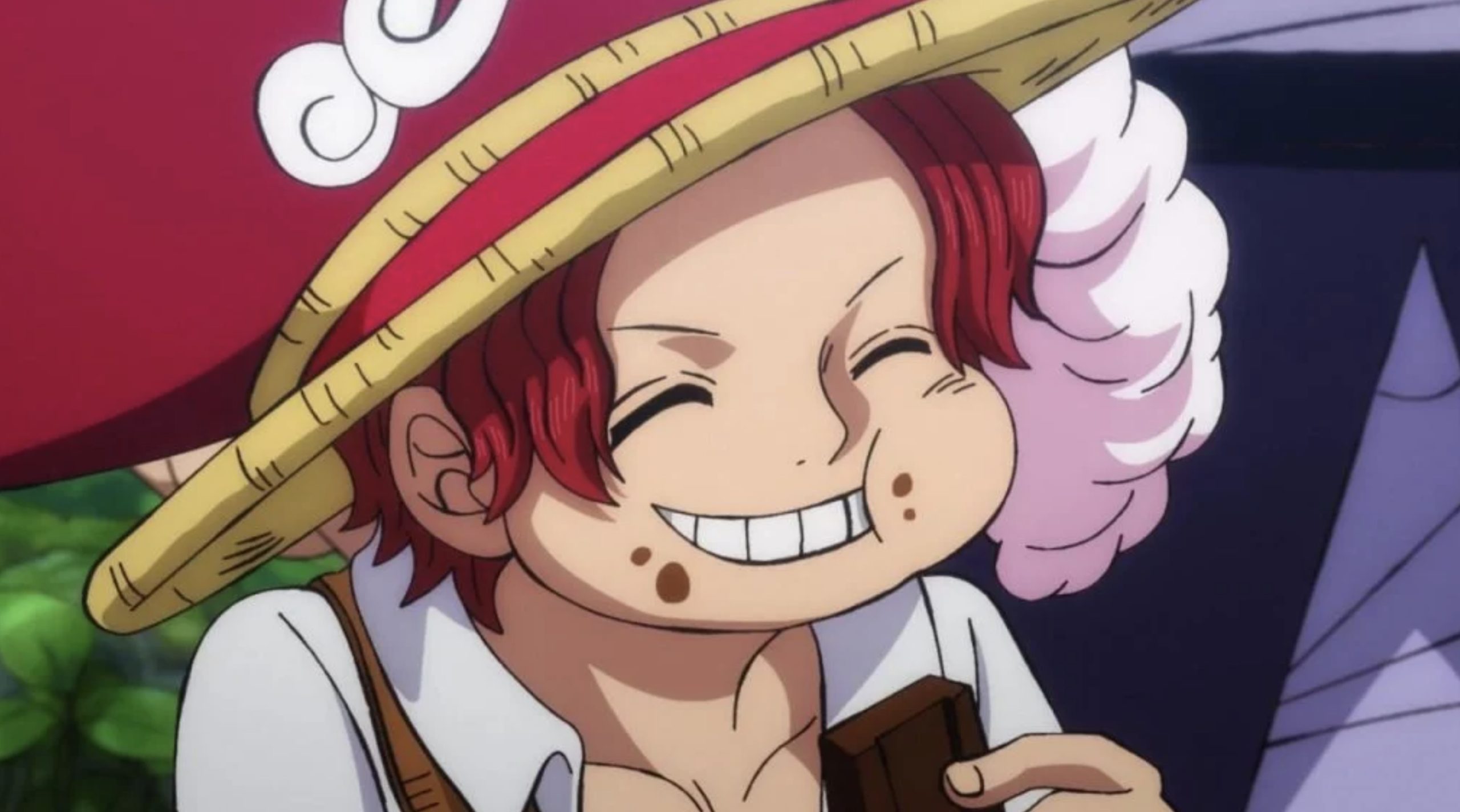
Much like Nero playing an instrument gleefully during Rome’s destruction, the Goa fire highlights a similar capacity for cruelty.
Building on the earlier speculation about House Nerona having volatile internal power dynamics, UFO suggests they not only viewed themselves as gods and persecuted enemies but likely betrayed and killed even family members in struggles over supremacy.

Further, they may have been responsible for an ancient catastrophic fire event during their rule.
Transitioning to the next wordplay focused on the latter half of Nerona’s name, UFO points out it contains the Japanese word for “woman” – “onna.”
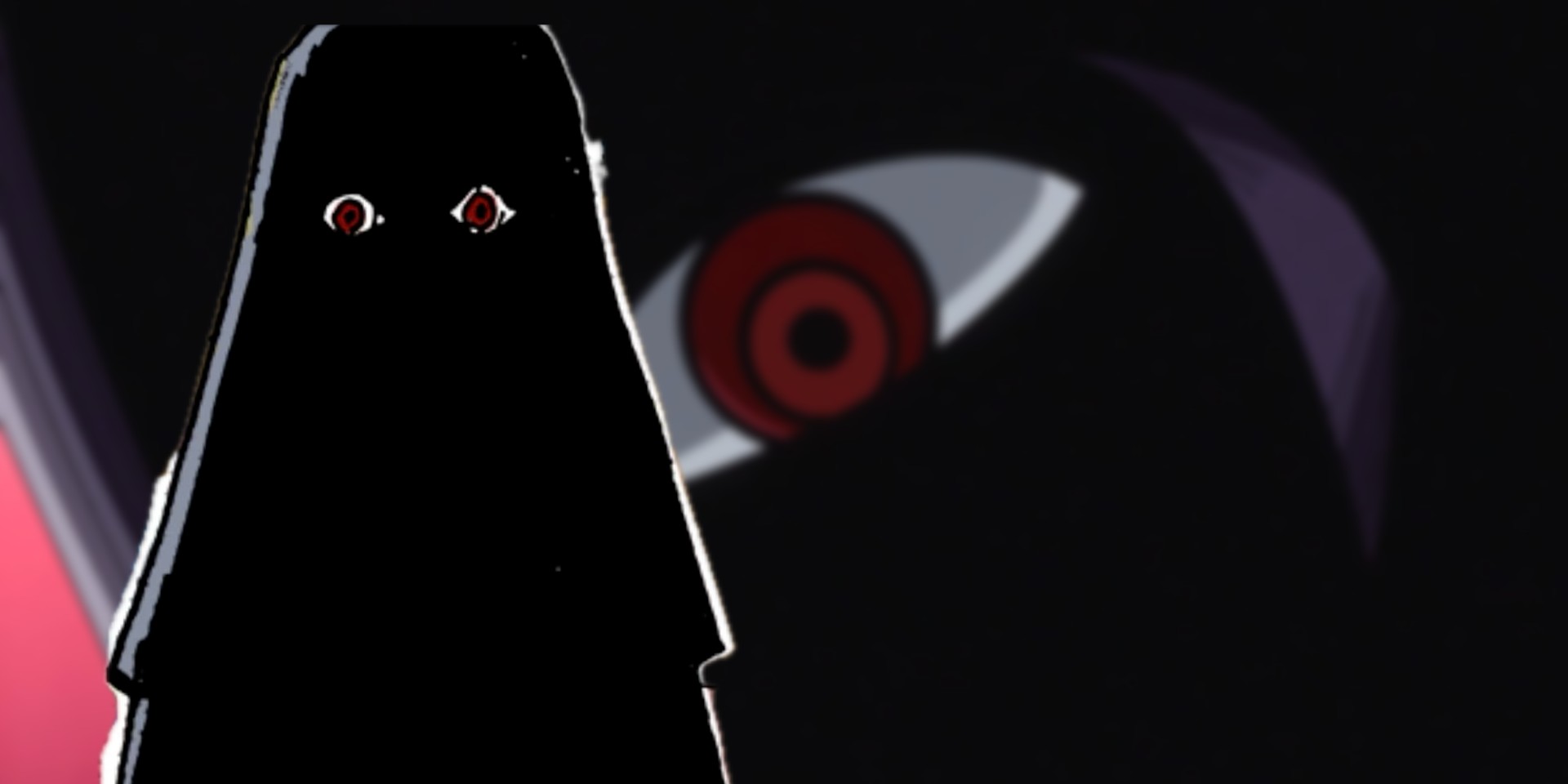
So while the first half connects back to god-complexes and cruelty, the second half seems to symbolize femininity playing an integral role as well within the Nerona house.
Just as Nami is a pivotal female character in the current storyline, UFO theorizes ancient House Nerona may have been influenced or even led by powerful women during the Void Century.
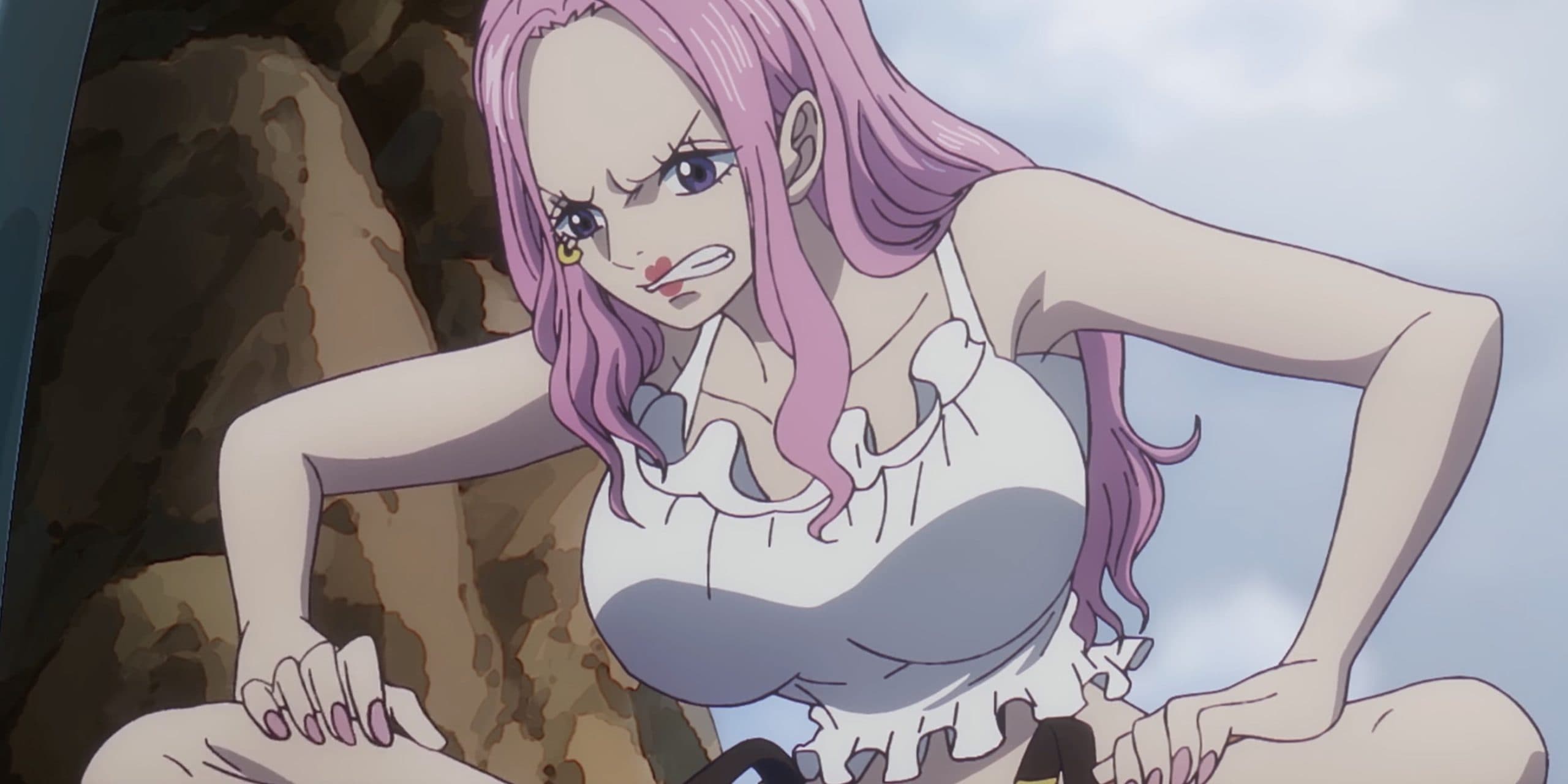
Their feminine attributes balanced out the toxicity of the “nero” masculine traits like ambition and tyranny.
UFO highlights how the Japanese word “onna” for a woman is used in numerous One Piece chapter titles, often referring to key female characters like Nico Robin, Monet, Rebecca, and notably – Nami herself.
When combined with the word “neru” meaning “to sleep”, it forms “Neru Onna” or phonetically “Nerona”. Fittingly, chapter 76 where Nami sleeps is actually titled “Sleep”.
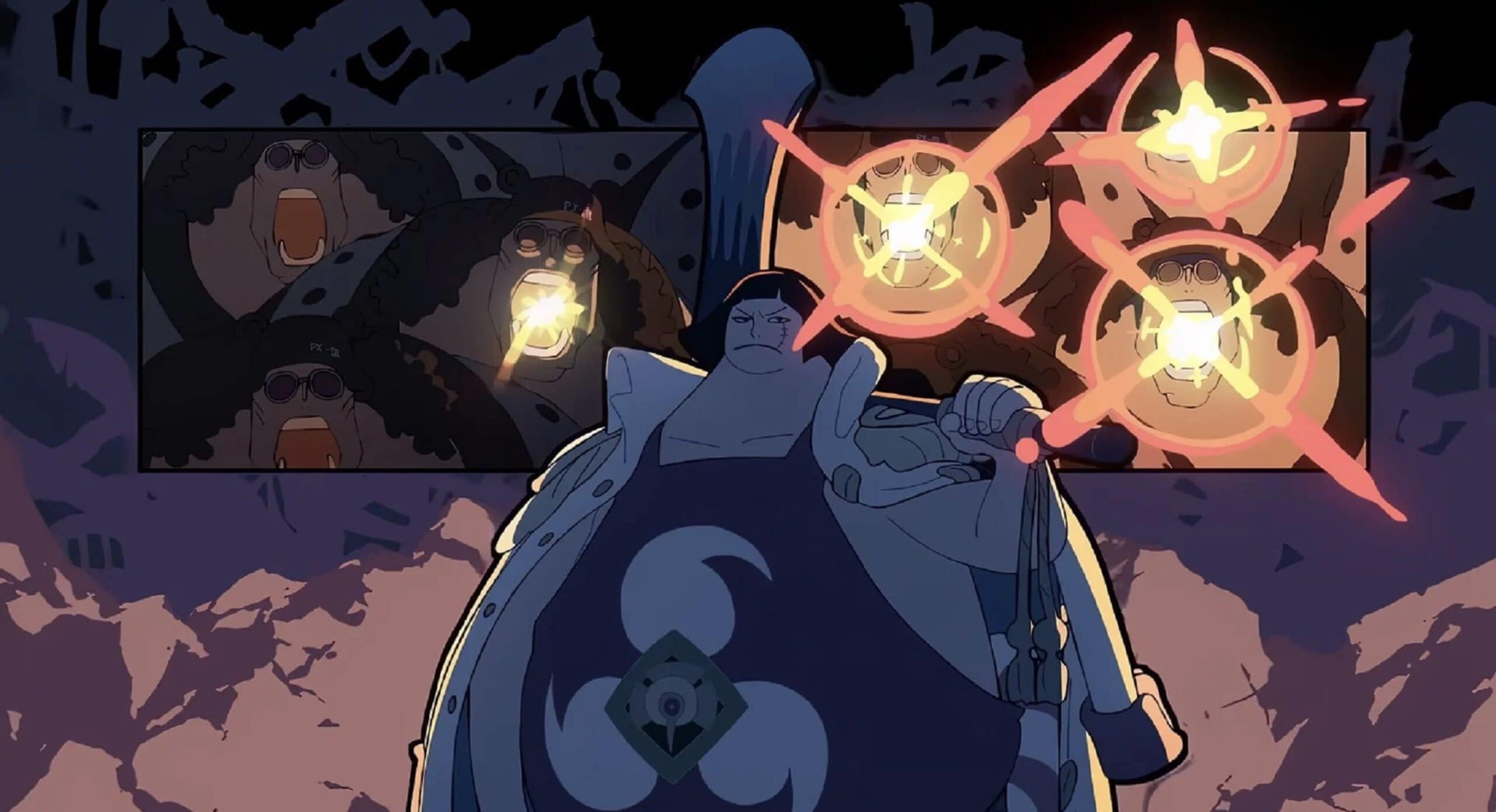
UFO suggests this implies Nami could be the figurative “Sleeping Woman” or “Nerona Nami” – a descendant of the ancient House Nerona bloodline who has been dormant/oblivious to her origins until now.
Additional evidence stems from a scene where Nami asks to accompany the villain Eneru to the “world of dreams”, which phonetically translates to “E-Nerona” in Japanese. As if she is the slumbering woman fated to journey with someone connected back to her ancestor Nerona Imu.
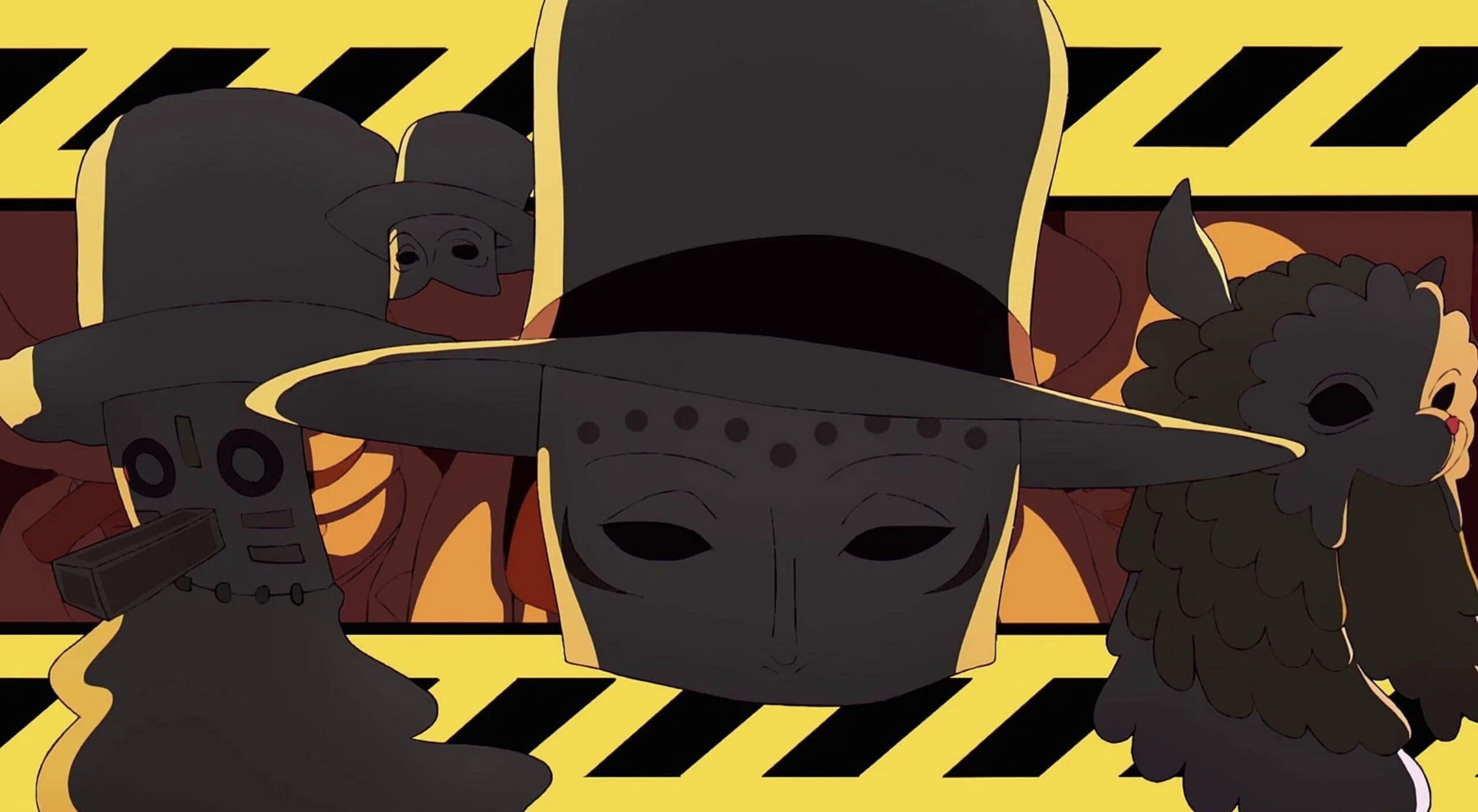
UFO speculates that Nami’s vaguely defined backstory is setting up a pivotal revelation – that she is actually a scion of the god-like House Nerona which collapsed during the Void Century.
The clues hint someone seeks to restore House Nerona by making Nami their own – further cementing her secret lost heritage coming back to the forefront.
Sinister Legacy and Nami’s Hidden Heritage
The sixth wordplay stems from “Nure Onna” – translating to “wet woman” – which is a female Japanese snake demon. UFO suggests Imu’s shadowy visage in chapter 1085 resembles such a creature.
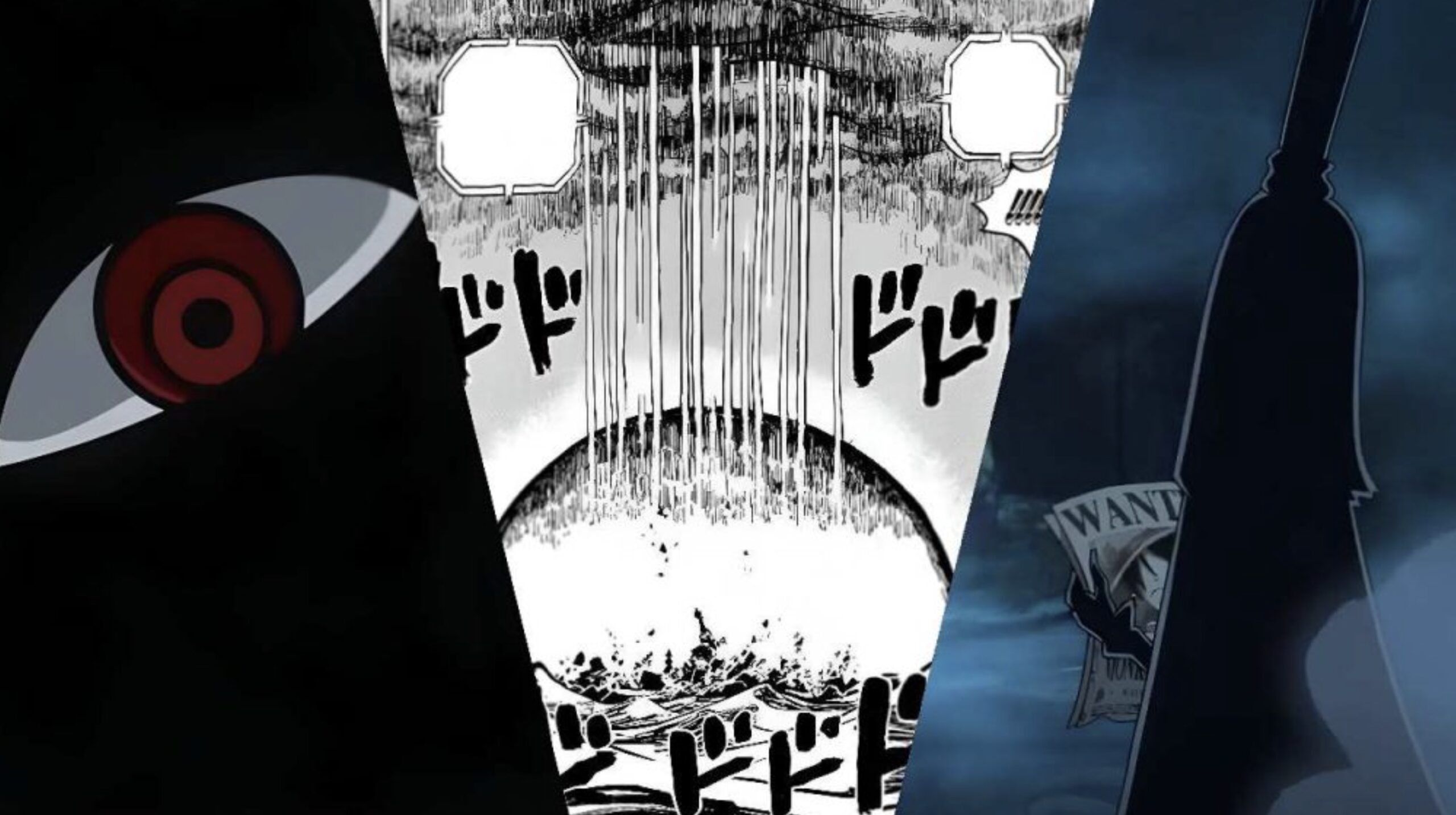
Further, if Imu is snake-like, it adds ironic symbolism to King Cobra’s death by a serpent’s hands. This could also connect back to Devil Fruits like Marigold/Sandersonia’s which allow transforming into snake forms.
Piecing together all the verbal clues, UFO paints Nerona Imu as a wicked, tyrannical “god” who razed cities and killed ruthlessly to seize power during the Void Century.
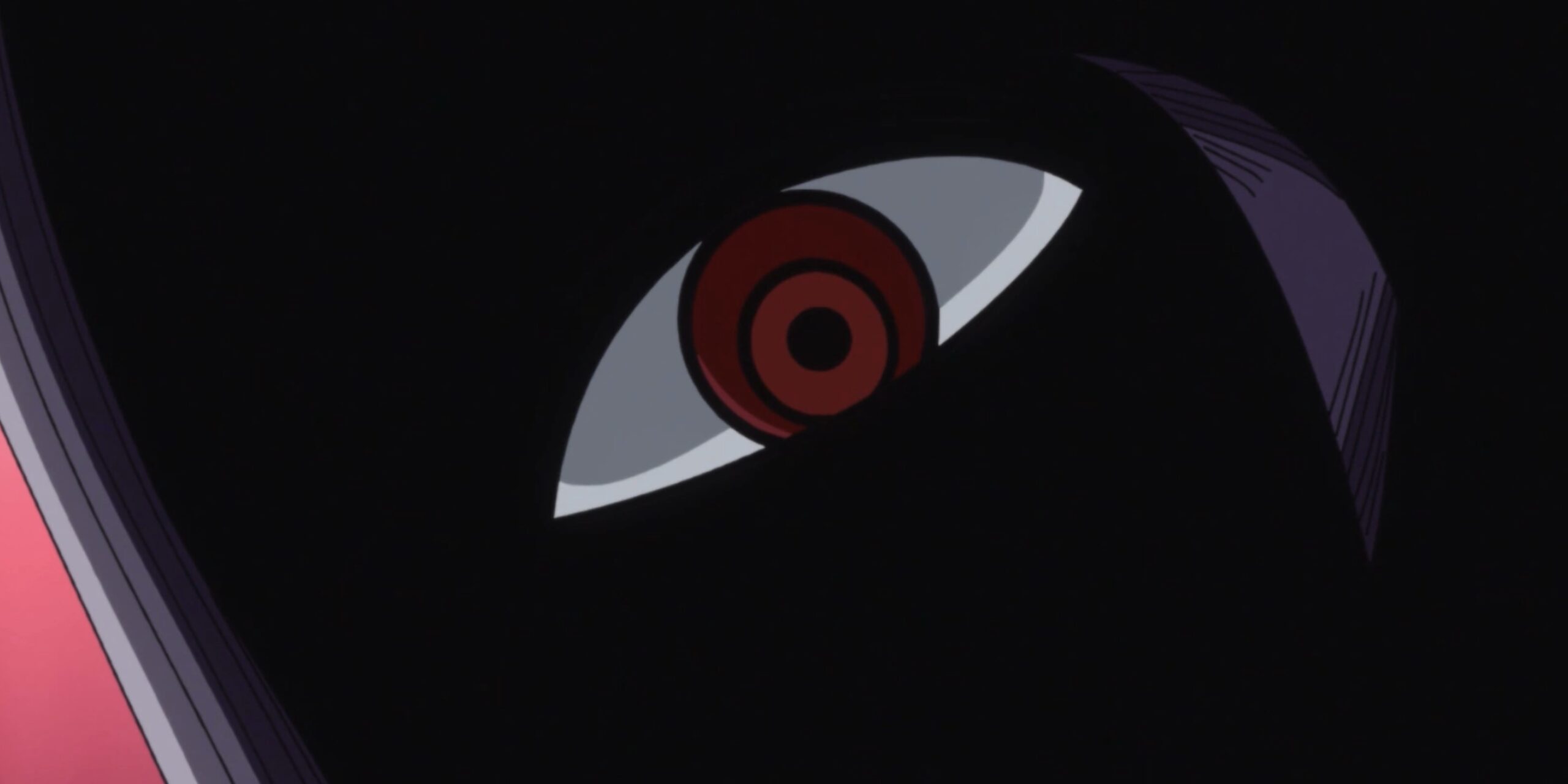
Meanwhile, Nami represents the benevolent side – the slumbering daughter fated to one day reawaken her ancestry.
The theory suggests someone seeks to restore House Nerona by making Nami their bride, recalling Absalom’s past attempt to marry her. UFO proposes the unnamed seeker could be Imu themself – an illegitimate ruler in need of Nerona’s scion to legitimize their claim to authority.

If true, it means Nami’s vague backstory hides stunning relevance. Rather than just a pirate crewmate, she may be the last living heir to the fearsome House Nerona whose secrets tie back over 800 years to the Blank Century itself.
Her origins could unlock mysteries that have shaped the entire One Piece world since the ancient kingdom’s destruction.
More About Nami’s Past
Nami’s first appearance in the One Piece manga was in chapter 8 titled “Nami”, published on September 22, 1997, in Weekly Shōnen Jump magazine.
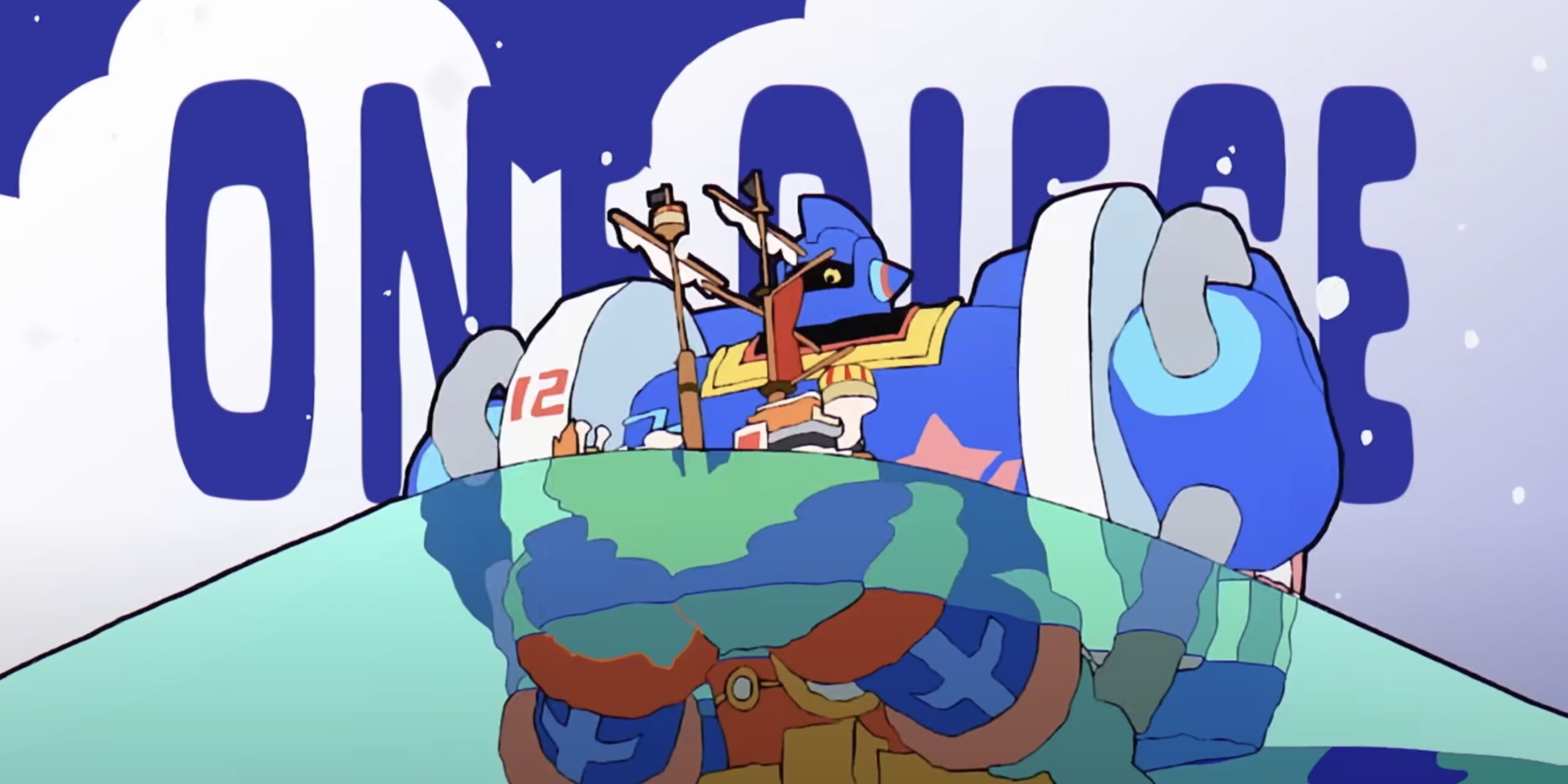
She is introduced as a thief targeting pirate ships for their treasure, joining forces with Luffy and Zoro to obtain a Grand Line map from Buggy the Clown.
As the Straw Hats defend the Baratie restaurant from Don Krieg, Nami departs with their accumulated loot and the ship. Her goal is to amass funds to buy back her home village Cocoyashi from the fish-man pirate Arlong’s control.
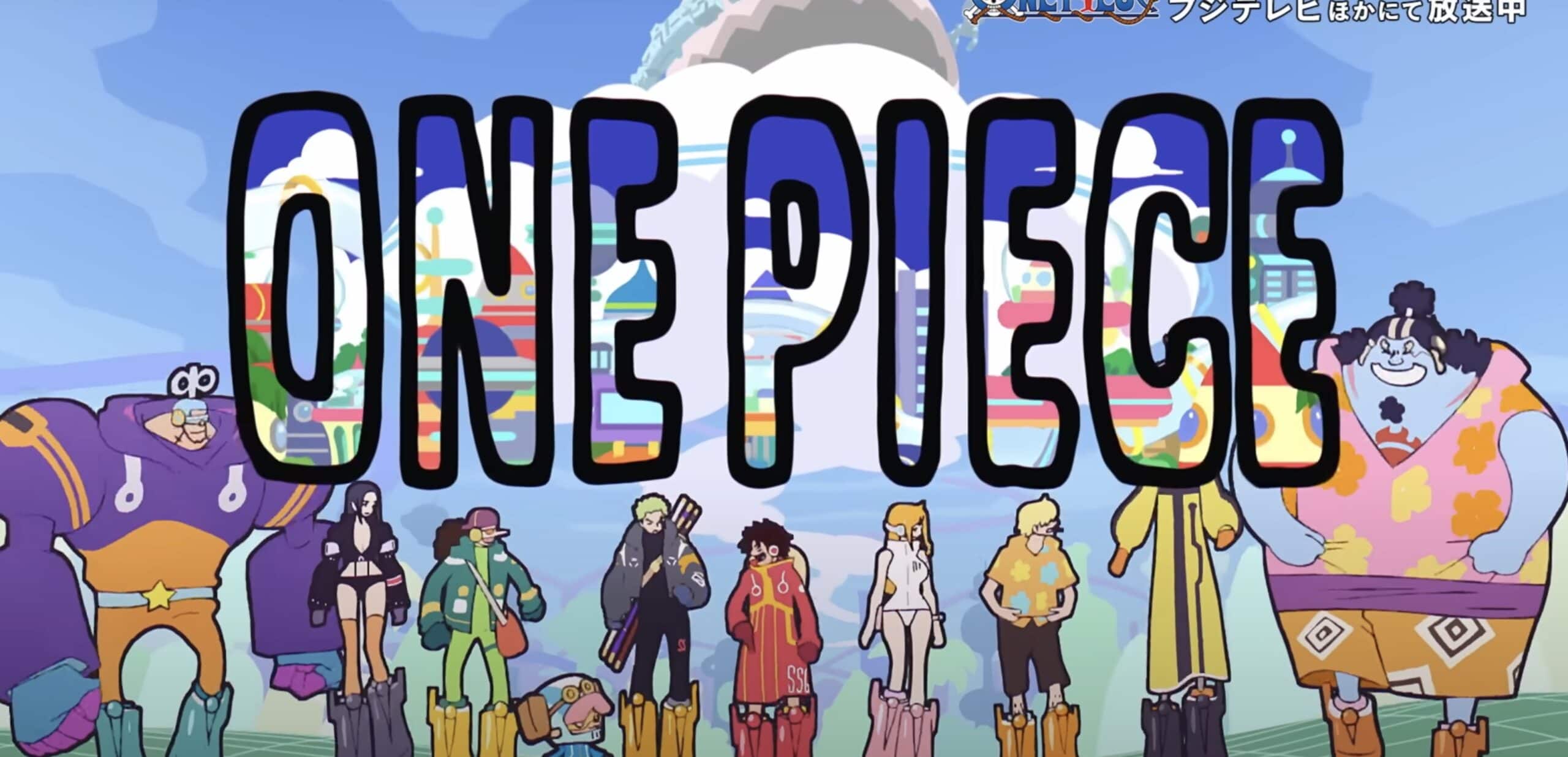
We learn about Nami’s tragic childhood from her adoptive sister Nojiko – both girls were orphaned infants rescued from a war-torn kingdom and raised by Marine Bellemere like her own daughters.
Nami developed a passion for navigation and cartography, dreaming of complete world maps.
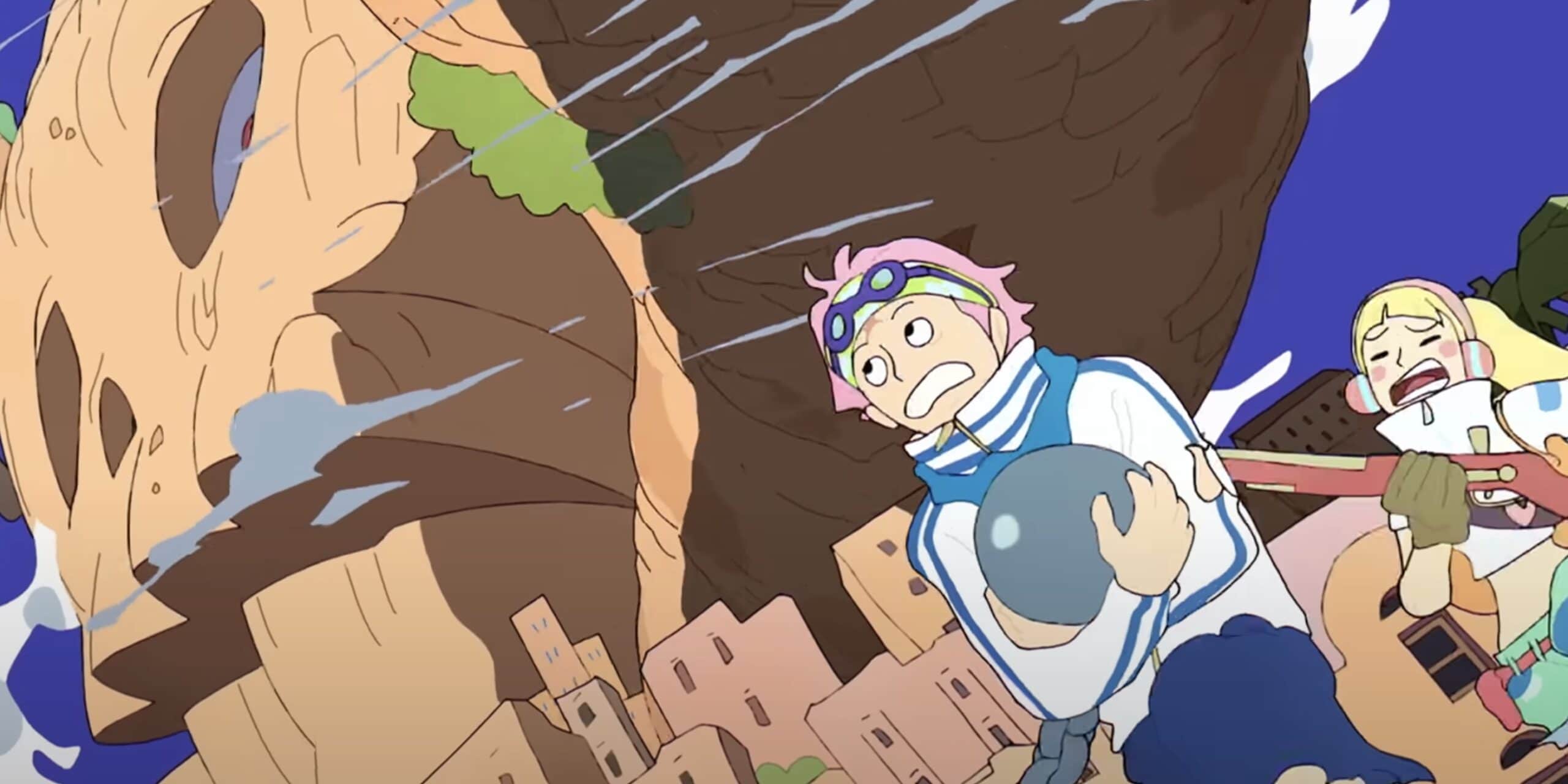
The past shatters when Arlong invades, demanding tribute from Cocoyashi. Bellemere uses her savings trying to spare Nojiko and Nami but is murdered by Arlong to set an example.
Discovering Nami’s mapmaking talent, he then kidnaps her – forcing Nami to chart maps while promising someday freedom for the village at a price.
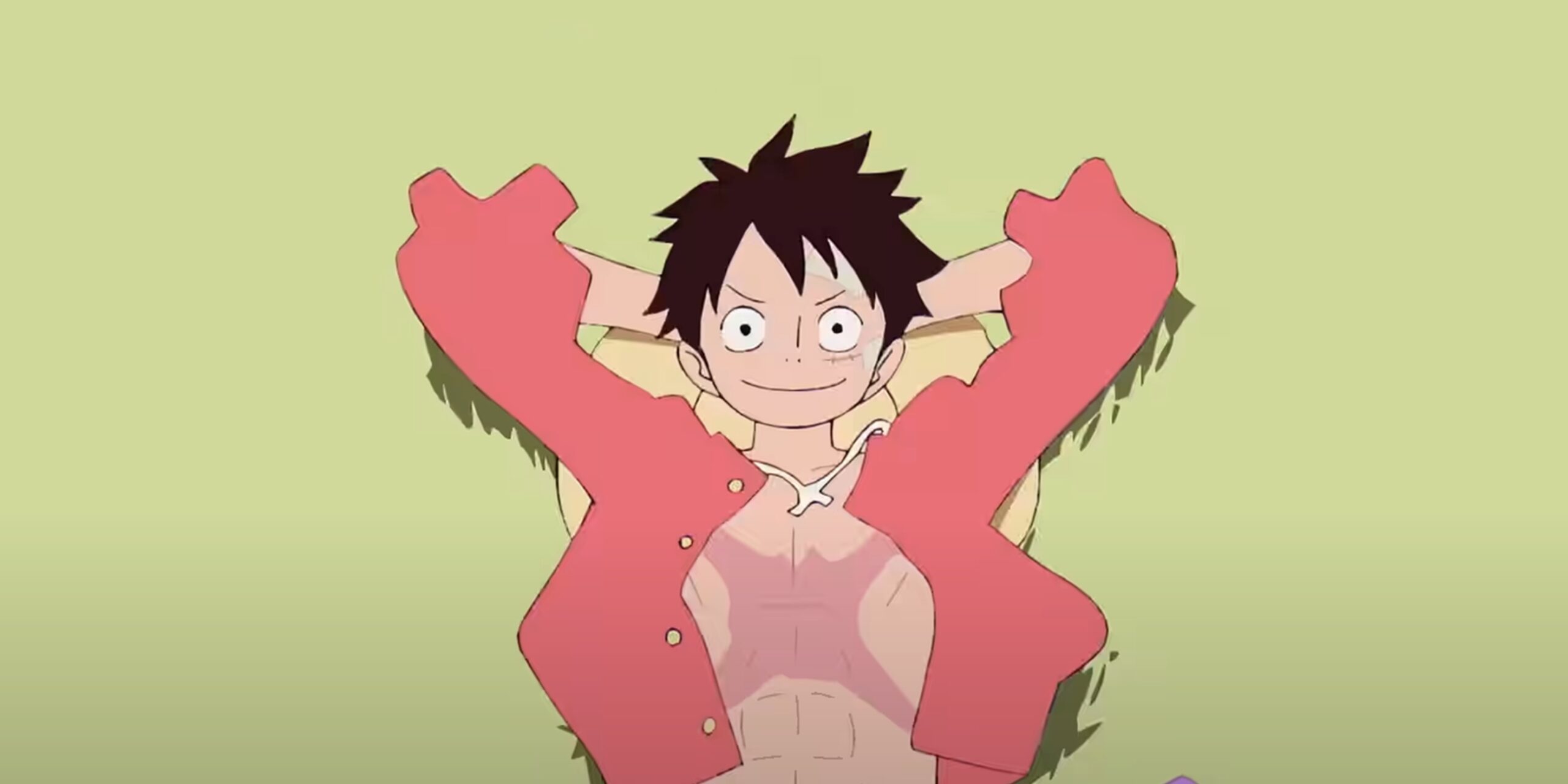
For eight years Nami robs pirates to buy back her home until corrupt Marines confiscate her loot. Learning Arlong bribes officials, a despairing Nami begs Luffy for aid.
After the Straw Hats defeat Arlong and free her village, a grateful Nami rejoins them to pursue her dream of mapping the world’s oceans.

